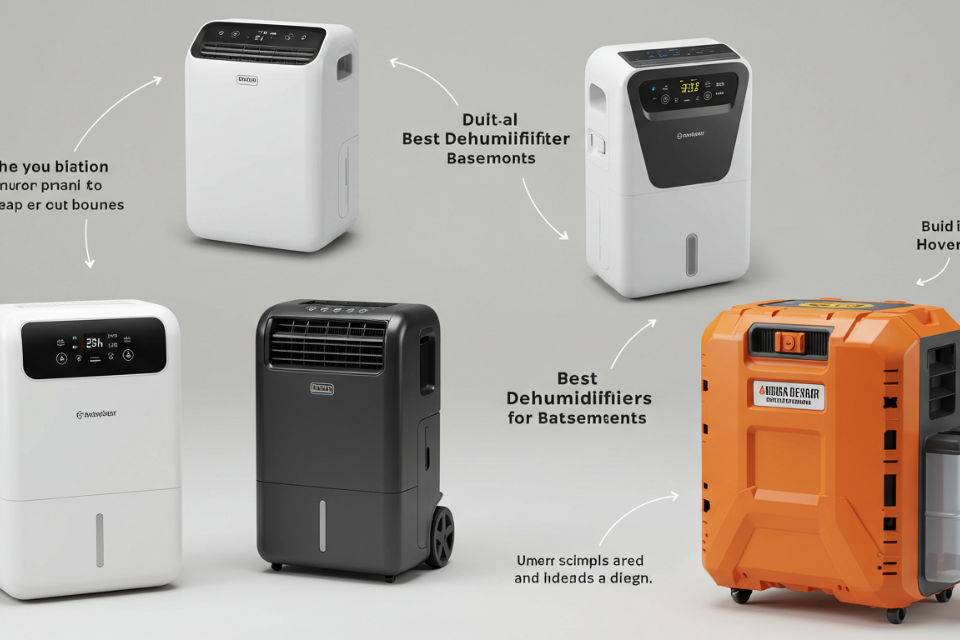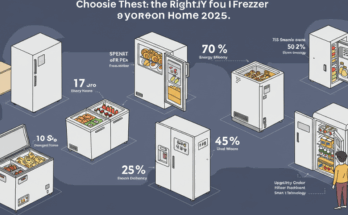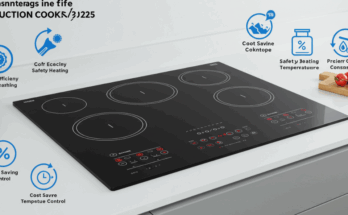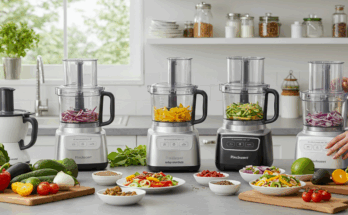A damp basement can lead to mold growth, structural damage, and unpleasant odors. Investing in a reliable dehumidifier is crucial for maintaining a healthy and comfortable living space. But with so many options available, finding the best dehumidifier for your basement can feel overwhelming. This guide will help you navigate the choices and select the perfect dehumidifier to keep your basement dry and fresh in 2025.
Understanding Basement Humidity
Before diving into specific dehumidifier models, it’s essential to understand the unique humidity challenges presented by basements. Basements often suffer from poor ventilation, leading to higher humidity levels. Understanding your basement’s size and the typical humidity levels will help you determine the appropriate dehumidifier capacity.
Capacity and Coverage
Dehumidifiers are rated by their capacity, usually measured in pints per day. Larger basements require dehumidifiers with higher capacities. Consider the size of your basement and the average humidity levels to choose a model that can effectively remove moisture. You can also check out our guide on choosing the right size dehumidifier for more detailed information.
Key Features to Consider
Beyond capacity, several features significantly impact a dehumidifier’s performance and usability. Look for features like automatic shutoff, a built-in humidistat for precise humidity control, and easy-to-empty water tanks. Some models even offer features like washable filters and different fan speeds for customized drying. We have another guide that is relevant, please check it out here.
Types of Dehumidifiers
There are several types of dehumidifiers available: desiccant, refrigerant, and thermoelectric. Refrigerant dehumidifiers are generally the most common and effective choice for basements, offering a good balance of performance and cost-effectiveness. However, this article explains the differences between different types.

Top Dehumidifier Picks for 2025
Based on performance, features, and user reviews, here are some top-rated dehumidifiers expected to be available in 2025. [Insert product details and links here – remember to update this section with specific models and details closer to 2025].
Maintenance and Care
Regular maintenance is essential for ensuring your dehumidifier’s longevity and optimal performance. This includes emptying the water tank regularly, cleaning or replacing filters, and occasionally checking for any signs of damage or malfunction. For a detailed maintenance schedule, click here.
Energy Efficiency
Energy efficiency is a crucial consideration, especially for appliances that run continuously. Look for models with an Energy Star rating, indicating that they meet specific energy-efficiency guidelines. Consider the running costs when making your selection.
Choosing the right dehumidifier can significantly improve the comfort and health of your basement. By considering factors like capacity, features, and energy efficiency, you can find a model that effectively combats moisture and creates a dry, healthy space.
Frequently Asked Questions
What size dehumidifier do I need for my basement? The required size depends on your basement’s square footage and humidity levels. Use a dehumidifier capacity calculator or consult the manufacturer’s guidelines for recommendations.
How often should I empty the water tank? The frequency depends on the dehumidifier’s capacity and the humidity levels in your basement. Check the tank regularly and empty it when it’s full to prevent overflow.
How can I reduce humidity in my basement besides using a dehumidifier? Improving ventilation by opening windows (weather permitting), using exhaust fans, and sealing cracks and gaps can help reduce excess moisture.
What is the best type of dehumidifier for a basement? Refrigerant dehumidifiers are generally considered the most effective and cost-effective option for most basements.
How much does a dehumidifier cost to run? Running costs vary depending on the dehumidifier’s energy efficiency and the length of its operation. Check the energy consumption details in the product specification for estimations.



